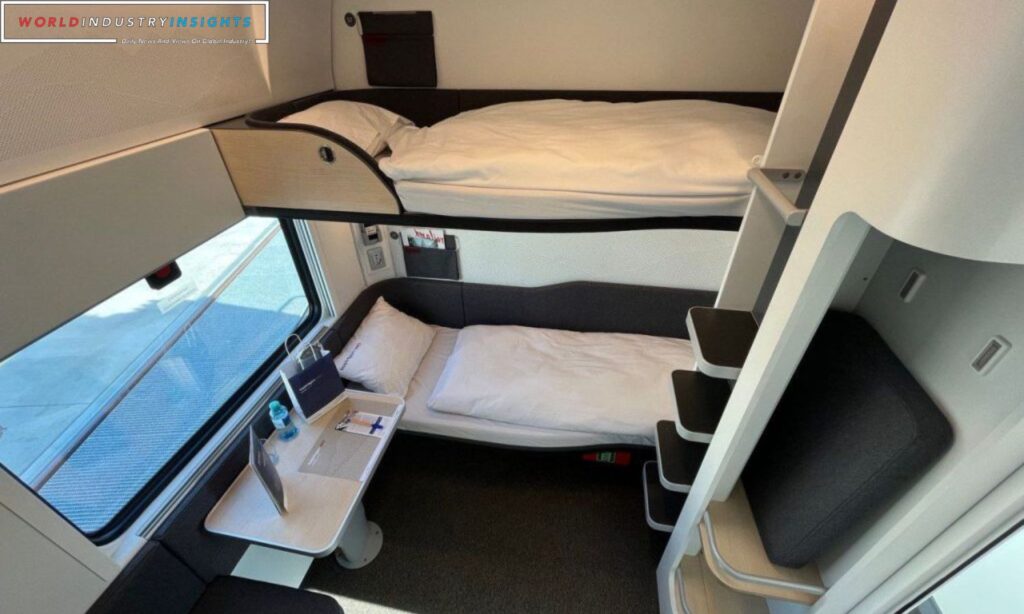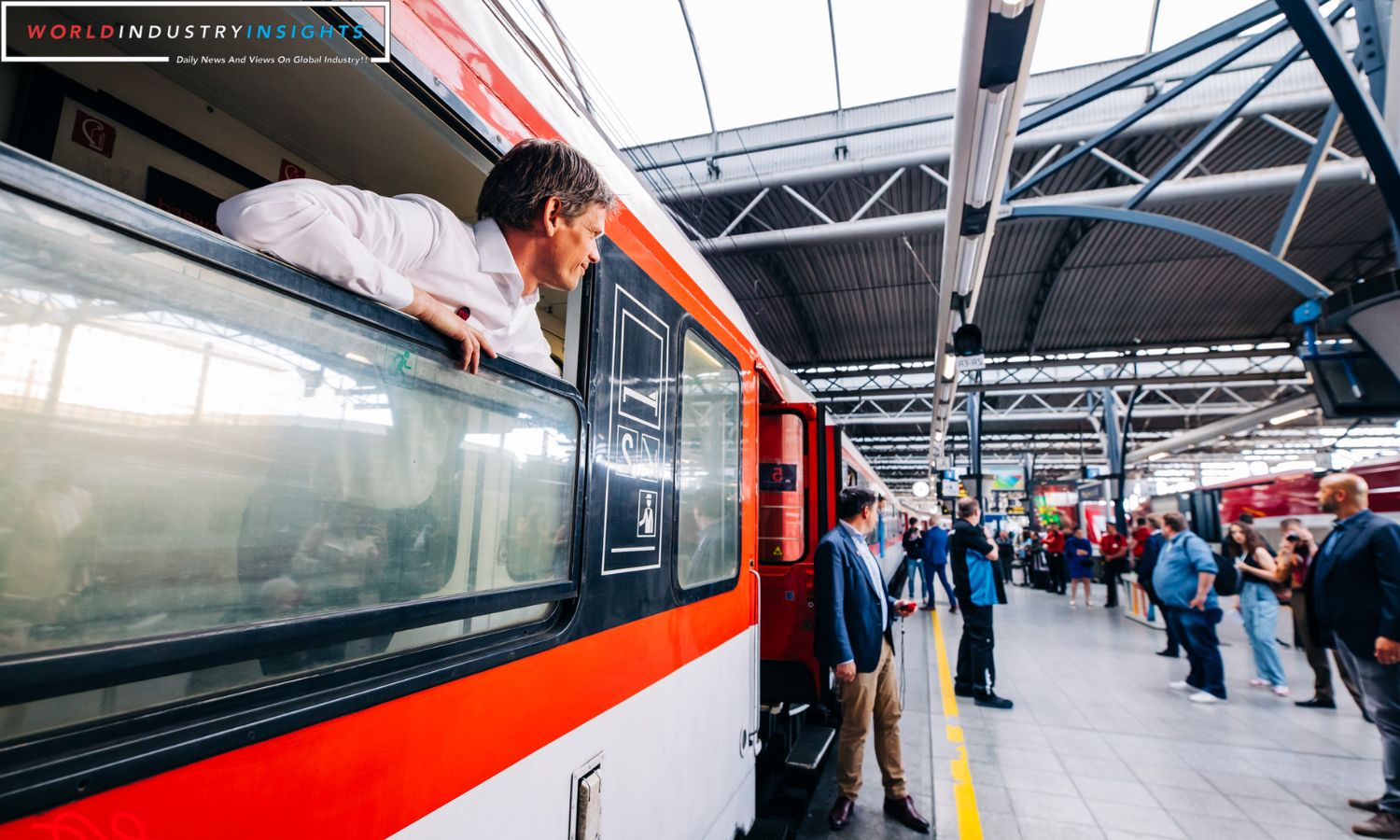Reviving Night Trains in Europe: Sarah and Sonia step off a rain-drenched train at Berlin Central Station, surprisingly well-rested despite their night journey. The duo embarked on this adventure with European Sleeper, a Dutch-Belgian startup that’s breathing new life into the world of night train travel.
The allure of night trains lies in their promise of eco-friendly travel for the environmentally conscious and a touch of nostalgia for travel enthusiasts. But, like any revival, it faces its share of challenges. From stiff competition with budget airlines to navigating Europe’s crowded and aging rail network, the road ahead isn’t a smooth one.
Take Sarah and Sonia’s experience, for instance. European Sleeper had to engage in complex negotiations with national train operators just to establish timetables for its Brussels-to-Berlin service. It’s a bureaucratic and cumbersome process, to say the least.
And let’s not forget the quest for second-hand sleeper train coaches. European Sleeper spent a year and a half hunting down these rolling relics. While they certainly exude an old-world charm, they also arrived with their quirks, like malfunctioning power sockets and broken toilets. Some passengers even had to make do with overnight seats or had their tickets canceled due to last-minute technical glitches.
The heart of the matter, as Chris Engelsman, European Sleeper’s co-founder, puts it, is the rolling stock. It’s a critical aspect of the business that requires substantial investment.
European Sleeper is now seeking a hefty 40-60 million euros ($43-63 million) to purchase its own coaches. So far, the company has raised just a fraction of that amount from investors and crowdfunding.
Some operators are fortunate enough to enjoy government support. Austria’s OBB, for instance, is expanding its Nightjet network with the help of state backing. They’ve invested a substantial 720 million euros in 33 next-gen night trains developed with Siemens Mobility. Demand for these night trains is on the rise.

Also Read: Rivian Remarkable Rise: Exceeding Expectations in Quarterly Deliveries
However, the challenge lies in devising a sound business plan. The decline of night trains in Europe coincided with the ascent of low-cost airlines. Today, budget airlines often offer quicker and cheaper alternatives. For instance, a night train from Berlin to Zurich may cost around 160 euros and take over 12 hours, while an easyJet flight between the two cities is significantly faster and costs less than half of that.
The profitability hurdle is high, as evidenced by the Norwegian government’s estimate that offering competitive night train tickets on the Oslo-to-Copenhagen route would require millions in subsidies.
But despite the challenges, European Sleeper is gearing up for expansion. They’re planning to extend their line to Prague from March 2024 and have their sights set on an Amsterdam-to-Barcelona route.
Supporters of night trains are advocating for state support to level the playing field against budget airlines. This includes measures like VAT exemptions on cross-border routes and reduced track access charges. France is also exploring the possibility of a minimum price for flights in the European Union to curb airlines’ contribution to climate change, which could indirectly benefit night trains.
Cost pressures aside, night train operators must grapple with Europe’s aging and diverse rail network, mismatched gauge systems, language barriers, and competition with freight traffic. It’s a complex world where nighttime trains share the rails with commerce and construction, while mornings see them vying for station slots amidst commuter chaos.
In the end, Sarah and Sonia’s train, European Sleeper’s ES453 service, arrived in Berlin one hour and nine minutes behind schedule, a testament to the challenges faced in reviving this age-old mode of travel.

